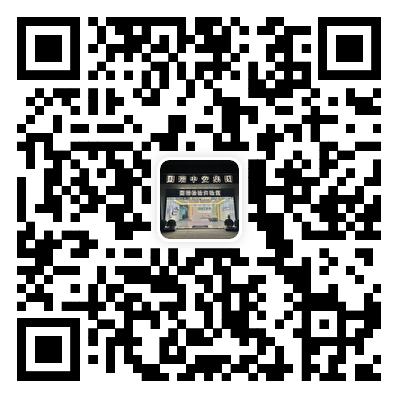Traditional Chinese Medicine (TCM) devices in China are regulated by the National Medical Products Administration (NMPA), formerly known as the China Food and Drug Administration (CFDA). NMPA has specific guidelines for the registration and certification of medical devices, including those used in Traditional Chinese Medicine. These devices are typically categorized under medical devices for diagnosis, treatment, or therapy that are based on TCM principles and practices.
1. Classification of TCM Devices
TCM devices in China fall under the general classification system for medical devices. Medical devices are divided into three classes based on their risk level:
- Class I: Low-risk devices that are subject to general control. These devices do not require pre-market approval but must be registered with NMPA.
- Class II: Moderate-risk devices that require special controls and pre-market approval, including testing and inspection.
- Class III: High-risk devices that require strict regulation, including clinical trials and comprehensive review by NMPA.
Examples of TCM devices may include acupuncture needles, moxibustion apparatus, cupping devices, and TCM diagnostic devices (e.g., pulse measurement instruments).
2. Technical Requirements for TCM Device Registration
The NMPA has established specific technical requirements for registering TCM devices. These requirements can vary depending on the device's class and intended use but generally include the following:
Product Testing: The device must undergo appropriate testing for safety and efficacy. This includes:
- Biocompatibility testing (for devices that come into contact with the body).
- Electrical safety testing (for devices that use electrical components).
- Performance testing (to ensure the device meets functional requirements).
Clinical Trials (for Class II and Class III devices): Devices that are classified as Class II or III may require clinical trials or studies to demonstrate their safety and effectiveness in the intended clinical environment. This can include TCM-specific clinical trials, depending on the device type.
Materials and Manufacturing Compliance: The NMPA requires evidence of compliance with Good Manufacturing Practices (GMP) for the production of medical devices. Manufacturers must ensure that the materials used in the device are safe and effective for use in medical applications.
Product Documentation: This includes:
- Product Description: A detailed description of the device, its intended use, and any TCM-specific functions.
- Design and Manufacturing Specifications: This includes drawings, materials used, and details of the manufacturing process.
- Risk Analysis: A risk assessment of the device, including potential risks during use and their mitigation strategies.
- Instructions for Use: Detailed guidance on how to use the device safely and effectively, including any precautions for TCM therapies.
Clinical Evaluation Report: For devices requiring clinical trials, a clinical evaluation report is necessary to assess the safety and performance of the device in real-world conditions.
3. Registration Process
The registration process for TCM devices involves several steps:
Pre-Application Review: Before submitting an application, it’s advisable to consult with NMPA or a local regulatory expert to ensure that all requirements are met. In some cases, NMPA may require a pre-submission consultation.
Submit Registration Dossier: Once the necessary documents are compiled, the registration dossier must be submitted to NMPA. This will typically include:
- Application form
- Technical documents (testing, evaluation, and clinical reports)
- GMP certification
- Risk management documents
Product Review and Approval: After submission, NMPA will review the documents and may request additional information or revisions. If necessary, they may require on-site inspections or audits of the manufacturing facility.
Issuance of Registration Certificate: Once the product passes review, the NMPA will issue a registration certificate for the device, allowing it to be legally marketed in China.
4. Additional Considerations
Traditional Chinese Medicine Specific Regulations: NMPA has a separate set of guidelines for TCM-related medical devices. For example, acupuncture needles must comply with specific safety standards and sterilization regulations to prevent infections.
Post-Market Surveillance: After the device is approved, the manufacturer must conduct post-market surveillance to ensure the continued safety and performance of the device. This includes reporting any adverse events or device failures to NMPA and conducting regular audits.
Importers and Distributors: If the device is manufactured outside of China, an authorized agent in China must submit the registration on behalf of the foreign manufacturer. The agent is responsible for compliance with Chinese regulations, including importing and distributing the device.
5. Timelines and Fees
Timelines: The approval process for Class I devices may take a few months, while Class II and Class III devices may take anywhere from six months to a year or more, depending on the complexity of the device and whether clinical trials are required.
Fees: The registration fees for medical devices vary by class and the complexity of the device. For Class I devices, the fees are relatively low, while Class II and III devices can be more expensive, especially if clinical trials are required.
6. Conclusion
The regulatory process for TCM devices in China is structured and comprehensive, reflecting the country's increasing focus on ensuring the safety and efficacy of both modern and traditional medical technologies. Manufacturers and importers of TCM devices must navigate these regulations carefully to ensure compliance with NMPA standards, which includes technical documentation, testing, clinical trials, and ongoing surveillance.

.png)

